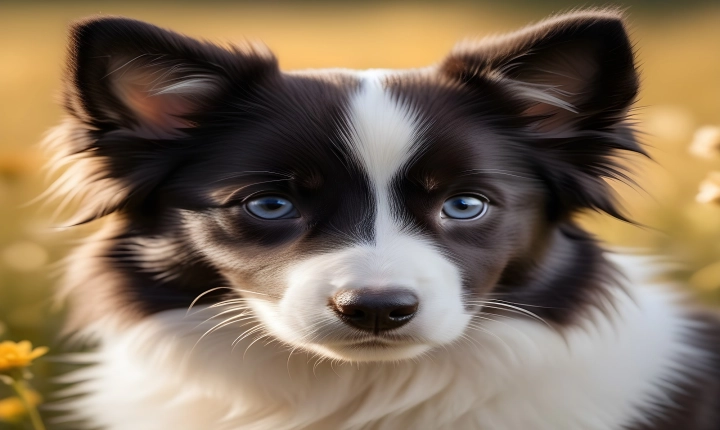AI Image Generators: Unveiling the Magic Behind
In the era of artificial intelligence and machine learning, image generation has taken a giant leap forward with the development of AI-based image generators. These remarkable tools are capable of creating lifelike images that are indistinguishable from those captured by a human photographer. But how exactly do these AI image generators work, and what makes them so powerful?
At the core of AI image generators is a concept known as Generative Adversarial Networks (GANs). GANs are a type of neural network architecture that consists of two components: a generator and a discriminator. The generator is responsible for creating new images, while the discriminator’s role is to differentiate between real and generated images.
The process begins with the generator creating a random image, which is then presented to the discriminator along with a real image. The discriminator then evaluates both images and provides feedback to the generator. If the generated image is deemed unrealistic, the generator makes adjustments and tries again. This feedback loop continues until the generated image becomes increasingly difficult for the discriminator to distinguish from a real image.
As this adversarial process unfolds, both the generator and the discriminator become more adept at their tasks. The generator learns to produce more realistic images, while the discriminator becomes more discerning in its evaluations. This dynamic of competition and improvement ultimately leads to the generation of high-quality, photorealistic images.
One of the key elements that make AI image generators so effective is their ability to learn from vast amounts of data. By training on massive datasets of real images, the generator and discriminator can leverage this knowledge to create and evaluate a wide range of visual content. This enables the AI system to reproduce various styles and compositions, whether it’s landscapes, portraits, or abstract art.
Moreover, AI image generators can also be fine-tuned to produce specific types of content by training them on specialized datasets. For example, a generator can be trained specifically to create images of human faces, animals, or even in the style of a particular artist. This adaptability makes AI image generators incredibly versatile and applicable across a wide spectrum of creative and practical fields.
The implications of AI image generators extend beyond just the creation of realistic images. They have the potential to revolutionize industries such as design, marketing, and entertainment, where high-quality visual content is crucial. For instance, these tools can expedite the process of creating prototypes, product visuals, and advertisements, providing a cost-effective and efficient alternative to traditional image production methods.
Despite the impressive capabilities of AI image generators, there are still challenges and limitations to address. Issues such as biased datasets, ethical concerns, and the potential misuse of generated content are significant areas of consideration. Striking a balance between innovation and responsibility will be crucial in harnessing the full potential of these technologies.
In conclusion, AI image generators represent a remarkable fusion of art and technology, pushing the boundaries of what is possible in the realm of image creation. Their underlying GAN architecture, combined with their ability to learn from massive datasets, positions them as a game-changing tool in the realm of visual content generation. As our understanding of AI and machine learning continues to advance, the potential for AI image generators to transform industries and inspire new creative expressions is truly limitless.
